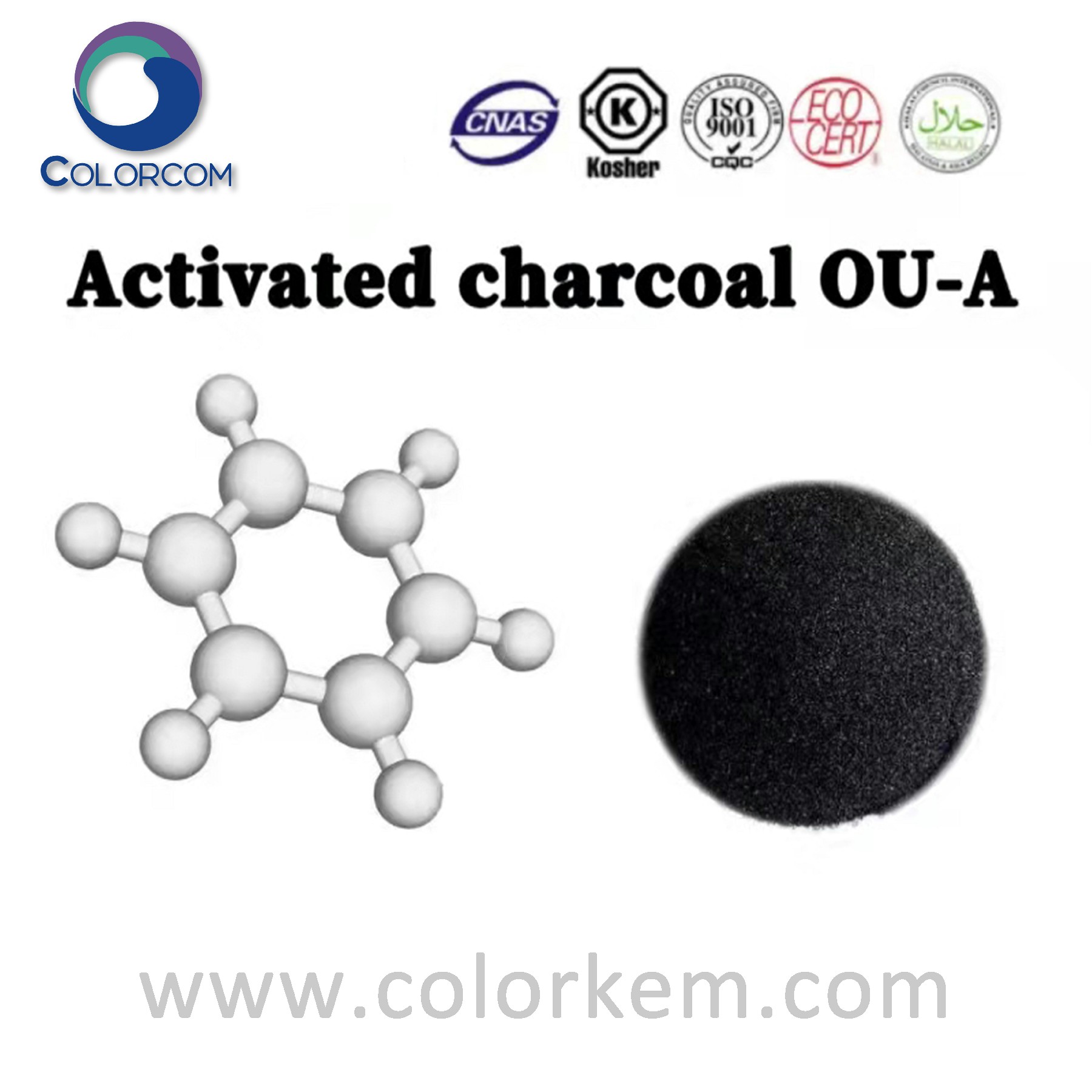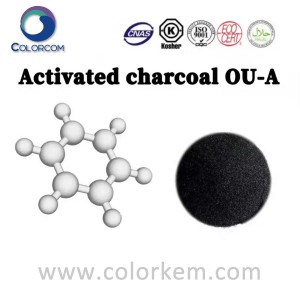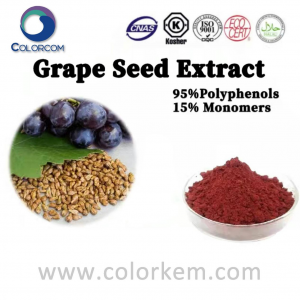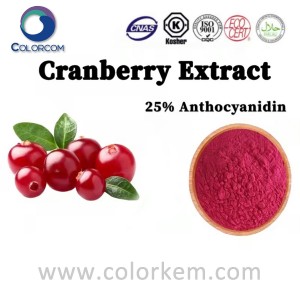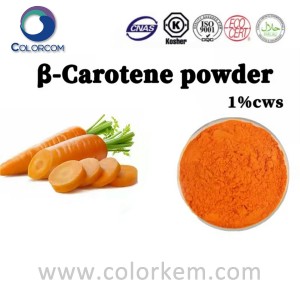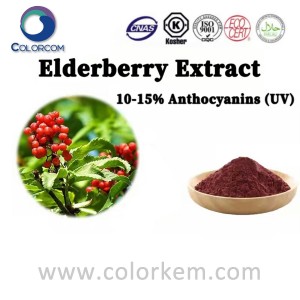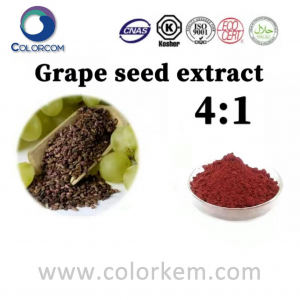Activated Charcoal OU-A | 8021-99-6
Product Description:
Activated carbon is a specially treated carbon that heats organic raw materials (husks, coal, wood, etc.) in the absence of air to reduce non-carbon components (a process known as carbonization).
It then reacts with the gas and the surface is eroded, creating a structure with well-developed pores (a process called activation).
The efficacy of Activated charcoal OU-A:
Treatment of oily sewage
Oil-water separation by adsorption method is to use lipophilic materials to adsorb dissolved oil and other dissolved organics in wastewater.
Treatment of dye wastewater
The dye wastewater has complex composition, large changes in water quality, deep chromaticity and high concentration, and is difficult to treat.
The main treatment methods are oxidation, adsorption, membrane separation, flocculation, and biodegradation. These methods have their own advantages and disadvantages, among which activated carbon can effectively remove the color and COD of wastewater.
Treatment of mercury-containing wastewater
Among the heavy metal pollutants, mercury is the most toxic.
When mercury enters the human body, it will destroy the functions of enzymes and other proteins and affect their resynthesis.
Activated carbon has the properties of adsorbing mercury and mercury-containing compounds, but its adsorption capacity is limited, and it is only suitable for treating wastewater with low mercury content.
Treatment of chromium-containing wastewater
There are a large number of oxygen-containing groups on the surface of activated carbon, such as hydroxyl (-OH), carboxyl (-COOH), etc., which have electrostatic adsorption function, produce chemical adsorption on hexavalent chromium, and can effectively adsorb hexavalent chromium in wastewater, The wastewater after adsorption can meet the national discharge standard.
Catalysis and supported catalysts
Graphitized carbon and amorphous carbon are part of the crystal form of activated carbon, and because of their unsaturated bonds, they exhibit functions similar to crystalline defects.
Activated carbon is widely used as a catalyst due to the existence of crystalline defects. At the same time, because of its large specific surface area and porous structure, activated carbon is also widely used as a catalyst carrier.
Clinical medical
Because of its good adsorption properties, activated carbon can be used for acute clinical gastrointestinal detoxification first aid. It has the advantages of not being absorbed by the gastrointestinal tract and non-irritating, and can be directly taken orally, simple and convenient.
At the same time, activated carbon is also used for blood purification and cancer. treatment, etc.
For supercapacitor electrodes
Supercapacitors are mainly composed of electrode active materials, electrolytes, current collectors and diaphragms, among which electrode materials directly determine the performance of the capacitor.
Activated carbon has the advantages of large specific surface area, developed pores and easy preparation, and has become the earliest carbonaceous electrode material used in supercapacitors.
For hydrogen storage
Commonly used hydrogen storage methods include high-pressure gaseous hydrogen storage, liquefied hydrogen storage, metal alloy hydrogen storage, organic liquid hydride hydrogen storage, carbon material hydrogen storage, etc.
Among them, carbon materials mainly include super activated carbon, nanocarbon fibers and carbon nanotubes, etc.
Activated carbon has attracted extensive attention due to its abundant raw materials, large specific surface area, modified surface chemical properties, large hydrogen storage capacity, fast desorption speed, long cycle life and easy industrialization.
For flue gas treatment
In the process of desulfurization and denitrification, activated carbon materials are attracting attention because of their advantages of good treatment effect, low investment and operation cost, realization of resources, and easy recycling.


